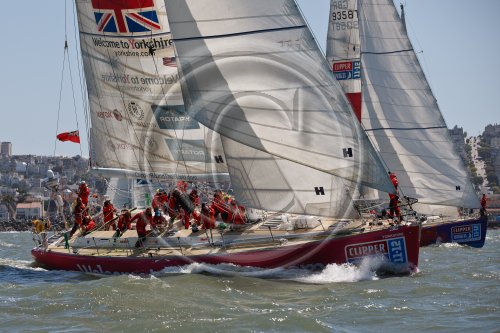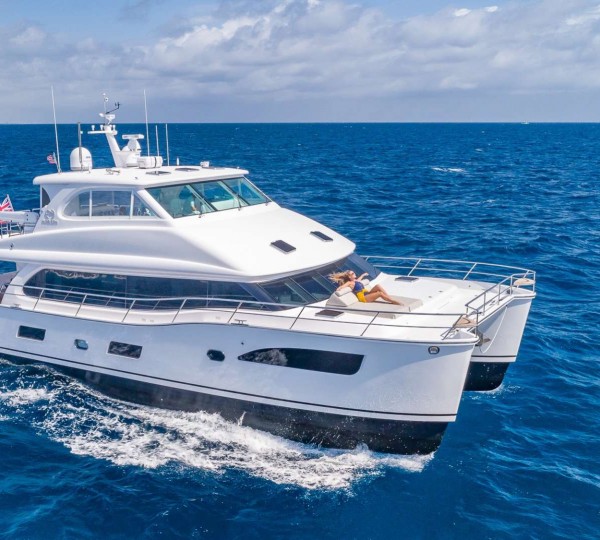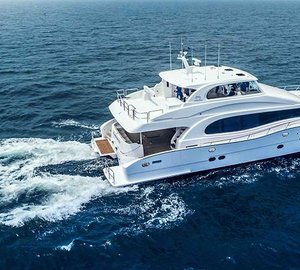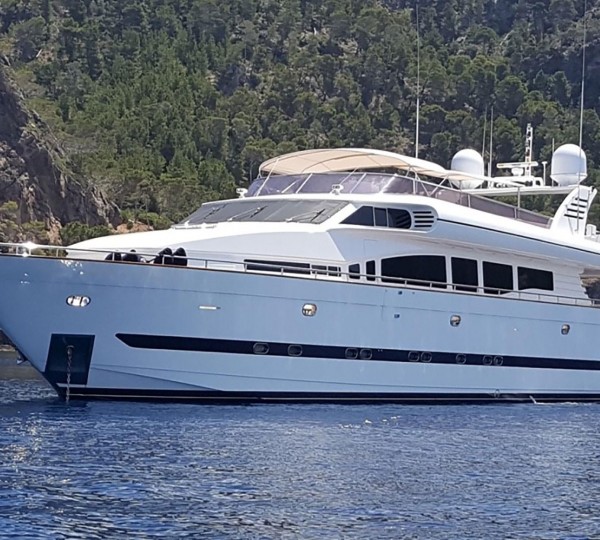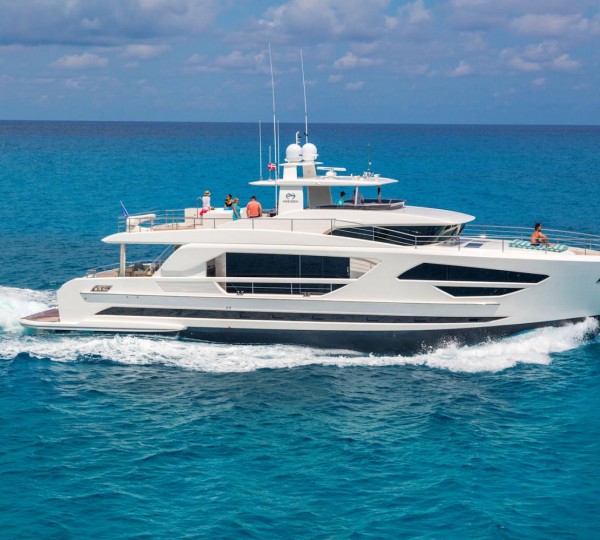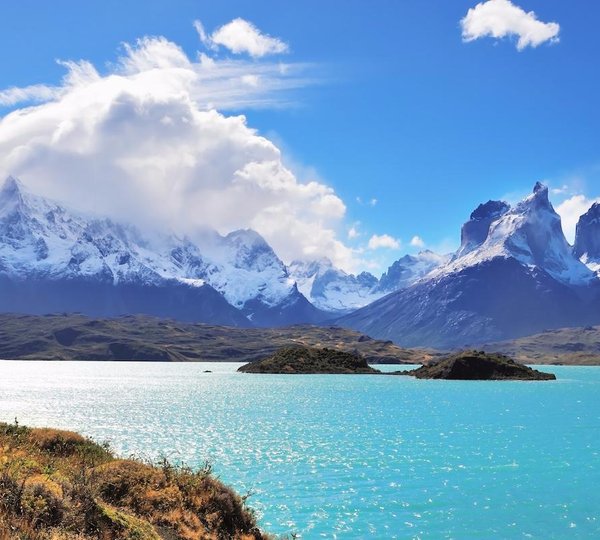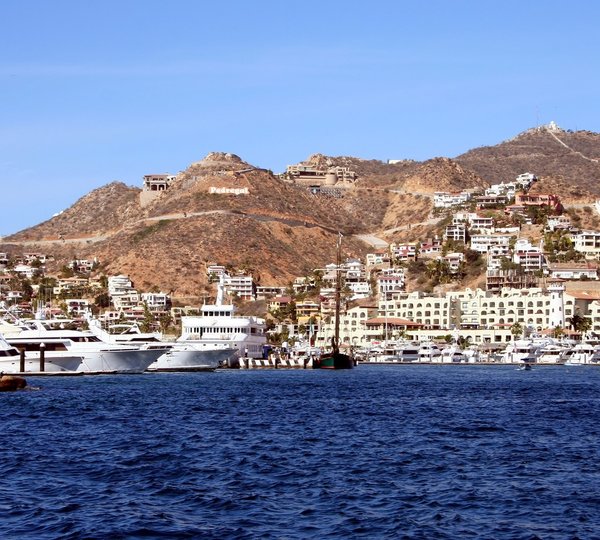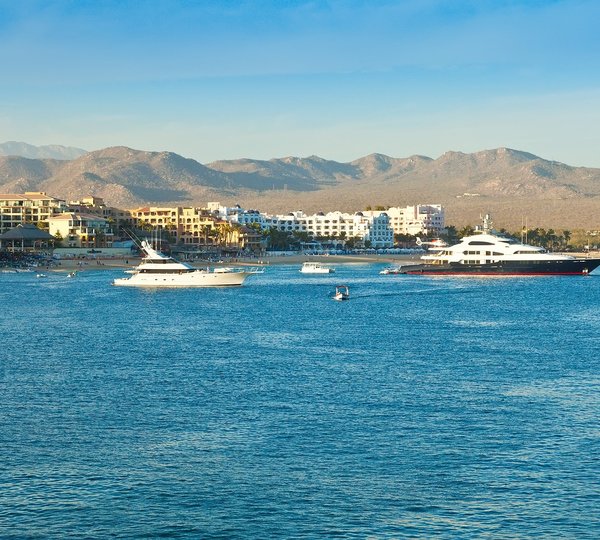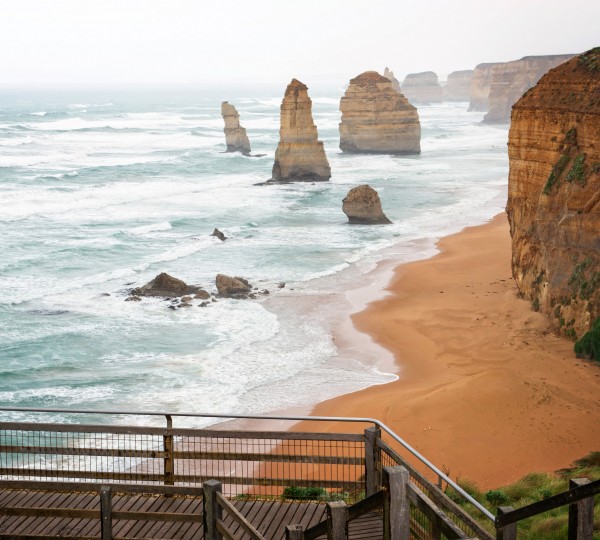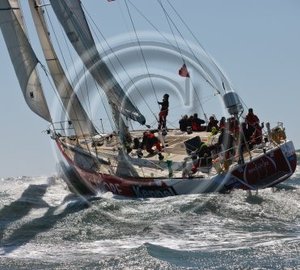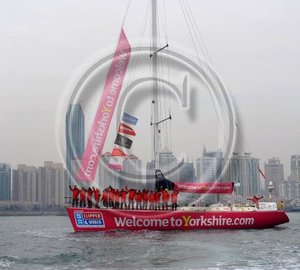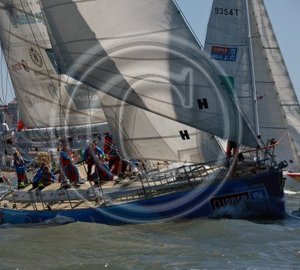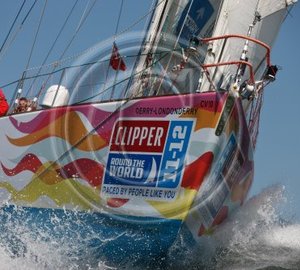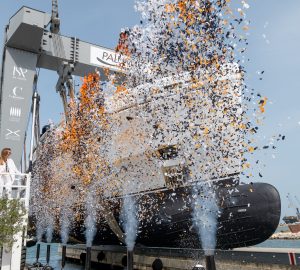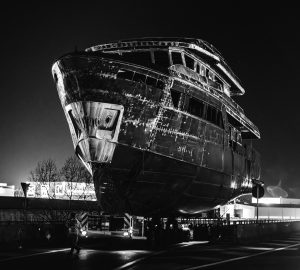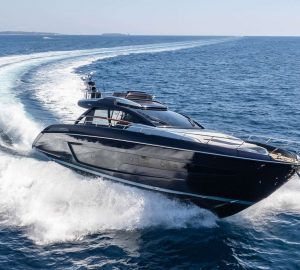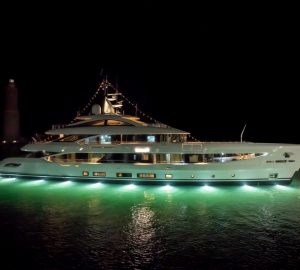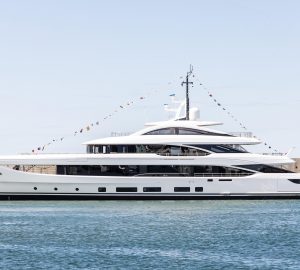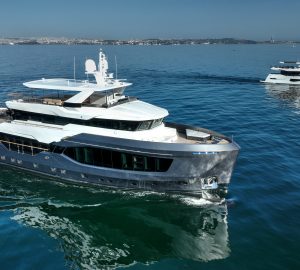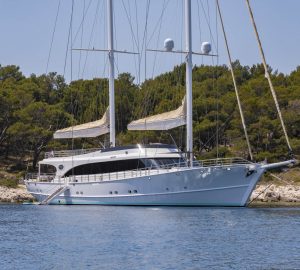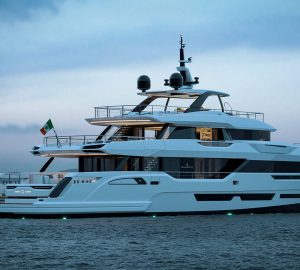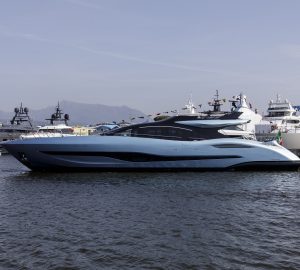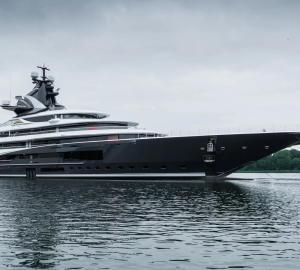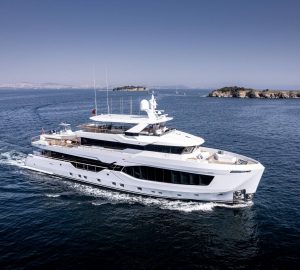With more than 1,750 miles left to the finish line of the Clipper 11-12 Round the World Yacht Race, the pressure has increased and the fleet has been compressed by a concertina effect during the last 24 hours on Day 9 of this popular yacht race as the rear markers obtained ground on the front runners.
There is now just 55 miles between all ten teams, and the top four boats are separated by only five miles as they battle for every last fraction of a knot in the race towards Panama City.
On Visit Finland, Olly Osborne reports that the heat is on as his team tracks towards the tropics once again. “Today the midday heat was noticeably uncomfortable,” he said.
“It’s exciting to be racing within only a couple of miles of one another and the crews are anxious to see some gains being made. It goes to show how close the fleet are as the boats further back close the gap with the front of the pack,” Olly said.
“The gulf separating Baja California from mainland Mexico is proving to be quite tricky to cross as the wind is becoming more and more fickle in the open water,” he added, noting that trimming the spinnaker day and night is the most challenging task to ensure they get the most out of what little breeze there is.
On De Lage Landen, Stuart Jackson said his team’s progress has been slow in light airs and he has been feeling the pressure of the teams closing in from behind.
“With the wind decreasing before us and the boats behind us gaining miles it seems the fleet is still as close as ever. Welcome to Yorkshire appeared over the horizon and passed within a mile or so of our stern before continuing inland,” Stuart said.
“The forecast for the next few days remains light and so boats are heading off the rhumb line in search of wind – it remains to be seen which direction will be the most successful,” he added.
The De Lage Landen crew has also been preparing themselves for the searing temperatures that lie ahead with a team haircutting session.
“Pete Smith and I set up shop for haircuts armed with scissors and clippers so the crew are now perfectly groomed and ready for Central American temperatures,” Stuart said.
On Welcome to Yorkshire, skipper Rupert Dean is also reflecting on how close the teams are after well over a thousand miles of ocean racing.
“It certainly illustrates how close and competitive the racing is between the crews of these fabulous one design yachts,” Rupert said, adding that De Lage Landen and Visit Finland had appeared over the horizon, with Stuart Jackson and his team passing just 1.5 miles ahead.
“After the last leg, where we only saw one Clipper briefly over a 28-day period, it’s great to be able to race against competitors we can actually see. For the crews and skippers it focuses the mind, making everybody realise the importance of good trimming and slick evolutions,” he said.
Gold Coast Australia is currently the most southerly boat and skipper, Richard Hewson, reports that he has been finding the wind “a little unpredictable”.
He said the westerly winds yesterday enabled his team to sail a “fantastic course” but instead of veering throughout the afternoon as forecasted it just swung towards the north before midnight.
“The wind on the course appears very patchy, and some of the yachts behind us are having a fantastic ride making up some good miles on us,” he added.
Meteorologist Simon Rowell, who provides all ten teams with the same weather information on a daily basis to ensure a level playing field, said that developments over the next few days would be largely dependent on help the teams get from the land.
“As they go down the long and sometimes steep coastline they will get quite strong katabatic and funneled winds at times, so the skippers will need to keep a good eye on the contours of the land shown on the charts,” Simon said.
Simon is also monitoring plume of volcanic ash, which is being blown in an easterly direction following the eruption of the Popocatepetl volcano, located 50 miles from Mexico City, in recent days.
“Its plume is blowing due east right now and dispersing quite quickly, so any ash will go east first before being picked up by any northerlies coming down from lows in the Gulf of Mexico. If the volcano stays at its current level of activity I don’t think it will have much, if any, short-term effect on the local weather for the fleet as the ash concentrations will be pretty low by the time they reach that area,” Simon said.
Eruptions from the Popocatepetl volcano began to grow larger a week ago as columns of ash began pouring from more than 60 openings in the 17,886-foot high cone. Mexico’s National Disaster Prevention Center said one string of eruptions on Friday included at least 12 eruptions in two hours. Popocatepetl’s last major eruption was in 2000, which resulted in 50,000 people being evacuated.
Like all the skippers, Richard Hewson on Gold Coast Australia, is paying close attention to reports provided by Simon Rowell about the plume of volcanic ash.
“Who knows what a cloud of ash could do to the predicted weather systems and possible sea breezes that will hopefully take us down the coast when the gradient pressure diminishes. Only time will tell what the effect of the volcano will have and the team on Gold Coast Australia send our thoughts to those living near the volcano and hope they are safe,” Richard said.
The team on New York has been struggling to keep moving with less than ten knots of true wind for most of the day.
“We could see other yachts to our south making better speed and heading but as we got to there the wind was still light, and with reports from other yachts of wind of around 15 knots true, it’s almost like we have the light winds following us around,” skipper, Gareth Glover, laments.
The New York team has also been joined by some feathered friends, with a dove making a temporary home for itself on their working spinnaker pole and a gull getting comfortable in an unlikely spot on their Windex, the arrow at the top of the mast which indicates wind direction.
“The day has also been one of the hottest so far and the crew have rigged up sun shades over the helm,” Gareth said, adding that the stars at night have been some of the most spectacular they have experienced to date since leaving Southampton last July.
Qingdao’s skipper, Ian Conchie, said he was running out of expressions to describe how nice the weather has been as his team continues to run downwind along the coast of Mexico.
Ian said he had opted to hold a more northerly course as De Lage Landen and Welcome to Yorkshire gybed south.
“We had a horrible few hours around sunset where all the other teams we could see on AIS [the system which enables the teams to track vessels in the vicinity] were going faster than us. Derry-Londonderry and Edinburgh Inspiring Capital were going nearly twice as fast but now we are all going at roughly the same speed,” Ian said.
Derry-Londonderry’s sudden spurt of speed could be due to the removal of a huge amount of kelp lodged around her keel.
Skipper Mark Light had decided that it was time to investigate after experiencing “frustratingly low” boat speed for 36 hours. “We had slipped from second place to tenth place in 24 hours and were beginning to run out of ideas as to why we just couldn’t keep up,” he said.
After inspecting the underside of the boat with an underwater camera, Mark and his crew discovered what had been hampering their progress.
“When the video was played back on the ship’s laptop the scene was amazing. We witnessed the largest amount of kelp I’d ever seen hanging securely around the keel explaining why we’d been approximately two knots slower than every other boat in the fleet,” Mark explained.
In order to remove the unwelcome passenger attached to Derry-Londonderry’s undersides, the team headed up into the wind and backed the mainsail to make the boat go backwards.
“Masses of kelp freed itself from the security of our keel and began floating clear and when we bore away, hoisted our medium weight spinnaker, we shot off at between 10 and 12 knots when could previously only manage a top speed of 7.5 knots,” Mark said.
“Although unlucky, I was pleased to find a reason for our lack of boat speed. All is now well and we are concentrating on rejoining the fleet for some racing on an even keel once again!” he added.
The team on Edinburgh Inspiring Capital has been having a lot of fun sailing in close proximity to Singapore and Derry-Londonderry, according to skipper Flavio Zaboni.
“Singapore gybed some five miles in front of us and the Edinburgh Inspiring Capital crew put in a lot of effort trying to exceed their speed. We actually managed to gain some distance before they gybed and headed off in a south south-easterly direction again,” Flavio said.
“Just before lunch we gybed too and we’re now waiting for the latest weather information to decide when to gybe back,” Flavio said, adding, “Sailing conditions are just ideal – downwind and warm, so let’s hope they stay with us for a little longer!”
Ben Bowley on Singapore also reports “another glorious day on the water”.
However, the team’s offshore position has failed to help them maintain the breeze. “Our boat speed hovers at a pitiful 5.5 knots and our gybe angles are huge. The plan to stay offshore worked well in the earlier part of the day but as night has fallen, we have seen the wind progressively die to the extent that we are now struggling to keep the boat moving,” Ben said.
“The forecast does not bode well for making much progress over the coming week but it may mix up the fleet a little which can be no bad thing for us in the position we are currently in!” he added.
On Geraldton Western Australia, a much-anticipated first shower since leaving San Francisco has lifted crew spirits as the temperatures soar on board. “Living on boat, in the middle of the ocean, one forgets about the world’s problems, and you begin to live for now,” skipper, Juan Coetzer, said.
“Last night was amazing. We were cruising along at eight knots with flats seas, clear skies and the sea was alive with exploding bio-luminescence Looking astern of the boat, she was leaving a long glowing stream, giving a feeling that we were on a rocket ship on an journey into the unknown. To top the whole experience off, a pod of dolphins came to play, leaving comet like streaks in the water,” Juan said.
Crew berths are still available for Clipper 13-14. No previous experience required. Full training provided.

